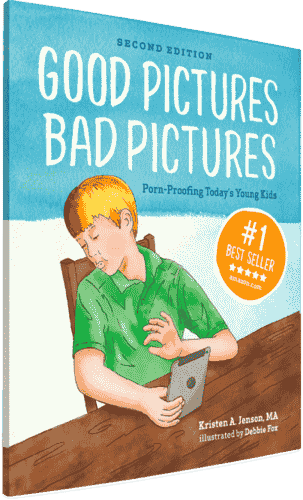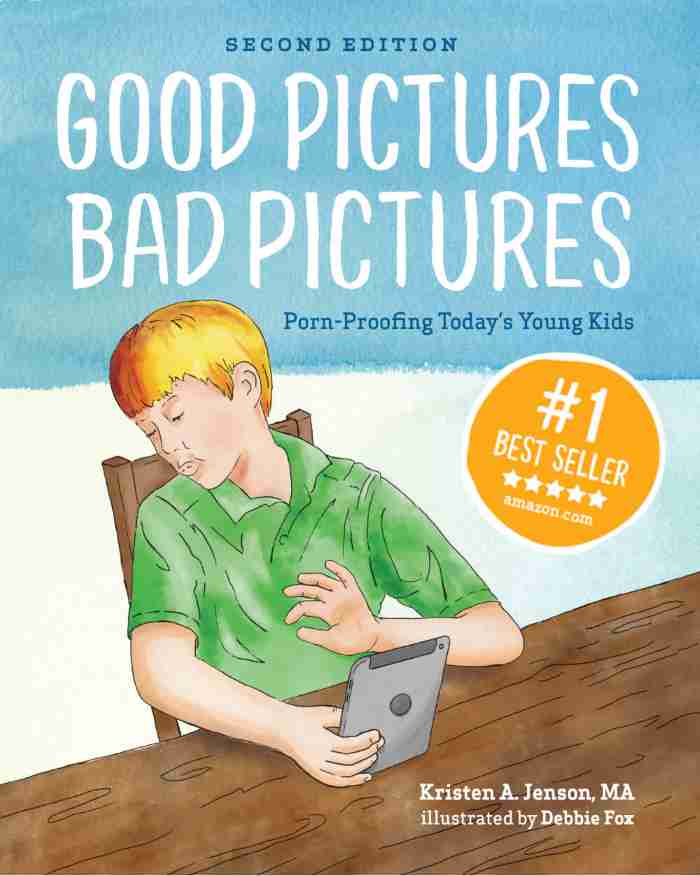BLAST Addiction with Emotional Awareness

Why do kids get caught in the trap of addiction? Are you ready for a huge (but true) generalization?
After researching addiction, particularly pornography addiction, I think it comes down to one major factor:
DISTRACTION. People often use an addictive substance or experience to mask a negative feeling.
One way to help children defend themselves against addiction is to help them deal with their feelings—to teach them coping skills.
Common Negative Emotions
Many addiction counselors talk about the acronym BLAST:
- Bored
- Lonely
- Angry
- Stressed
- Tired.
Some add an “H” for Hungry.
These are all negative emotional or physical states that the limbic brain or feeling brain wants to escape from. So, what does it do? If it has a strong pleasure memory (such as the excitement of seeing pornography) stored in the hippocampus, it brings that out and turns it into a craving.
Believe me—I’ve seen this happen in my own life! When I get stressed, I go for food. And I have several extra pounds to prove it! But I have two sisters who tend to get sick to their stomach when they get stressed—I’ll bet you’re not surprised that they are both quite trim.

Feelings or emotions emanate from the feeling brain, but in order to deal with them effectively kids need to engage their thinking brain (see below for tips). When children don’t learn healthy coping habits for dealing with their BLAST feelings, they may easily turn to distractions like food, video games, pornography, drugs or alcohol. Sadly, they have no idea that this kind of coping strategy can lead to addiction.
For an expanded kid-friendly discussion on addiction, check out Good Pictures Bad Pictures: Porn-Proofing Today's Young Kids.
[[CTA]]
Four Tips to Help Kids Deal with Negative Feelings
Identify: Help your children identify their feelings. Some parents use simple games (like “Feelings Bingo”) or children’s books like The Feelings Book by Todd Parr. Children who can label their feelings are engaging their thinking brain, which puts them on the road to appropriately dealing with them.
Develop a Plan: Take time to help children work out ways to deal with their BLAST feelings—a plan to cope with their negative emotions. Solicit their ideas as well as explaining what you feel is appropriate. “When I get angry, I can say how I feel using words, but I can’t hit or kick.”

Be Careful About Timing: Choose wisely the time you train your children—make sure they aren’t tired or hungry or stressed. My neighbor, Nicole, who is also a social worker, has this advice:
Try to talk WHILE you are doing an activity or special routine. The distraction or buffer of an activity makes kids feel less pressure. They often don't even realize you are immersed in a discussion about their feelings because they are focused on their activity (coloring, crafts, walking the dog).
A special routine can be "snuggle time" before bed. Kids feel comfort and safety within their routines. Bedtime is a great time to quiet our kids down with special discussions (we call these "prayer talks") where any topic is open for discussion and kids are eager to talk when they think they may get to stay up a little longer.
Remind and Praise: When you observe your children in a negative emotional state, remind them about their coping plan and help them, with lots of encouragement and praise, to follow their plan. Let them know how proud you are of their efforts.

Anything you can do to help your children deal with their negative feelings without turning to potentially addicting distractions will help to protect them against all forms of addiction.


Good Pictures Bad Pictures
"I really like the no-shame approach the author takes. It's so much more than just 'don't watch or look at porn.' It gave my children a real understanding about the brain and its natural response to pornography, how it can affect you if you look at it, and how to be prepared when you do come across it (since, let's face it... it's gonna happen at some point)." -Amazon Review by D.O.






